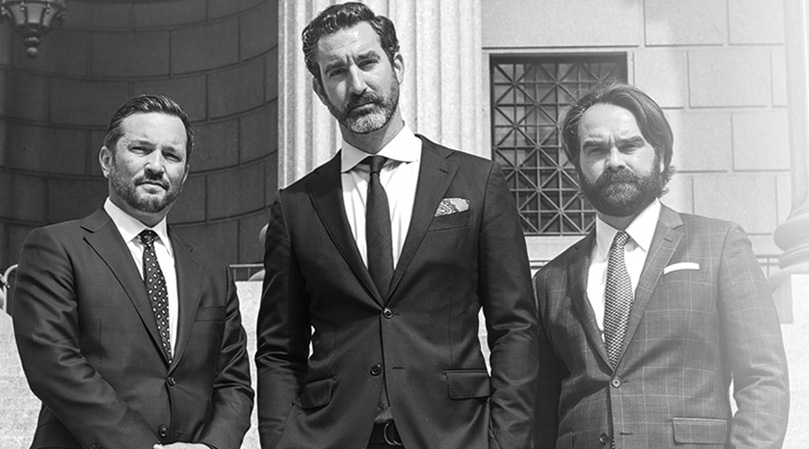Thoughts on Stop and Frisk- Part 2

In 1968, the U.S. Supreme Court gave us the answer to this very question in a case called “Terry v. Ohio.” The facts in “Terry” are similar to the ones listed in the previous post. In that case, the police ultimately detained the individuals whom they thought were about to commit a robbery. After their brief detention, the police recovered firearms from them. The lawyers for the men argued in Court that the firearms must be suppressed under the “exclusionary rule” because the men were arrested illegally. The Supreme Court held in an 8-1 decision that the evidence should not be suppressed because the police have a legal right to detain individuals for a short period of time to investigate whether a crime is about to be committed so long as they have “reasonable suspicion” that there is illegality. These encounters, known as “Terry” stops are not arrests and they are intended to be brief and investigatory in nature. Moreover, the police also have a right to “pat-down” the individual to ensure the safety of the officer during this brief detention.
So this “Terry” doctrine gives the police the legal right to “stop, question, and frisk” individuals as long as the officers have reasonable suspicion that the person is engaged in criminal activity. I would guess that most people agree that the police should have this right. However, in the early 1990’s, when crime in New York was rampant, the New York City Police Department started to actively look out for people whom they believed were criminals and then they proactively engaged them. According to the NYCLU, the height of the “Stop and Frisk” era was 2011. In that year, the NYPD stopped a staggering 685,724 amount of people. 88% of those stops did not result in an arrest. In other words, those people were probably innocent of any crime. What’s more troubling is the fact that 85% of the people stopped in 2012 were black or latino. How can the police department rely on the doctrine of “reasonable suspicion” to stop people when their suspicions were proven to be wrong 88% of the time? The answer is they can’t, and they knew it. By 2013, the NYPD stopped 191,558 people. Still, their success rate didn’t change in that 88% of the people stopped were ultimately innocent.
The ultimate sadness with regard to this issue, however, is that the Bloomberg administration completely missed the point. Mayor Bloomberg addressed the issue by repeatedly saying in substance that crime was down so people should stop complaining. This was insensitive and wrong. What Bloomberg should have said was that the “Terry” doctrine is one with which most people agree when it is done correctly. People want proactive policing. However, when the police are wrong 88% of the time, they need to be and should be re-trained. Bloomberg should have gone on to make it a priority for police officers to learn what is and what is not evidence of criminality. This could have lead to a higher success rate. This ultimately would have led to a further reduction in crime. Instead, Bloomberg insisted on a policy similar to a military occupation of certain parts of the city.
To the extent that anyone disagrees with me on this, ask yourselves the following question: How long would the stop and frisk program have lasted had the stops been conducted on racial lines more consistent with the demographics of New York? What if the Manhattan that exists below 59th street had the same number of stops as the Manhattan above 59th street. In my opinion, Commissioner Bratton is on the right track in his efforts to make policing more about community relations and less about antagonistic force. Let’s hope he continues.

Request Your Free Consultation
Fields Marked With An “ * ” Are Required
"*" indicates required fields
The Woolworth Building
233 Broadway
Suite 900
New York, NY 10279

